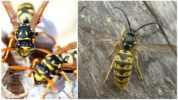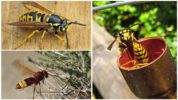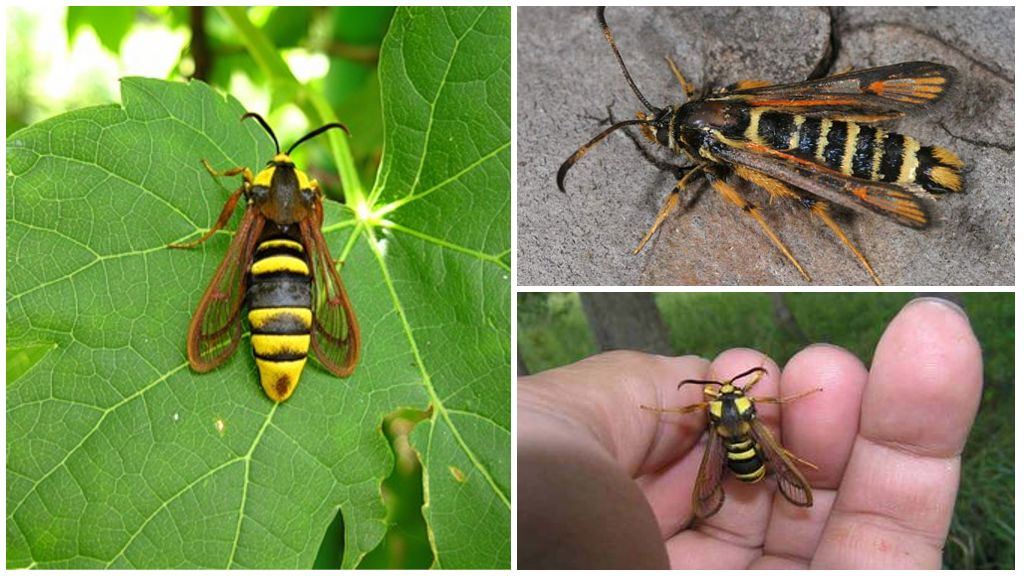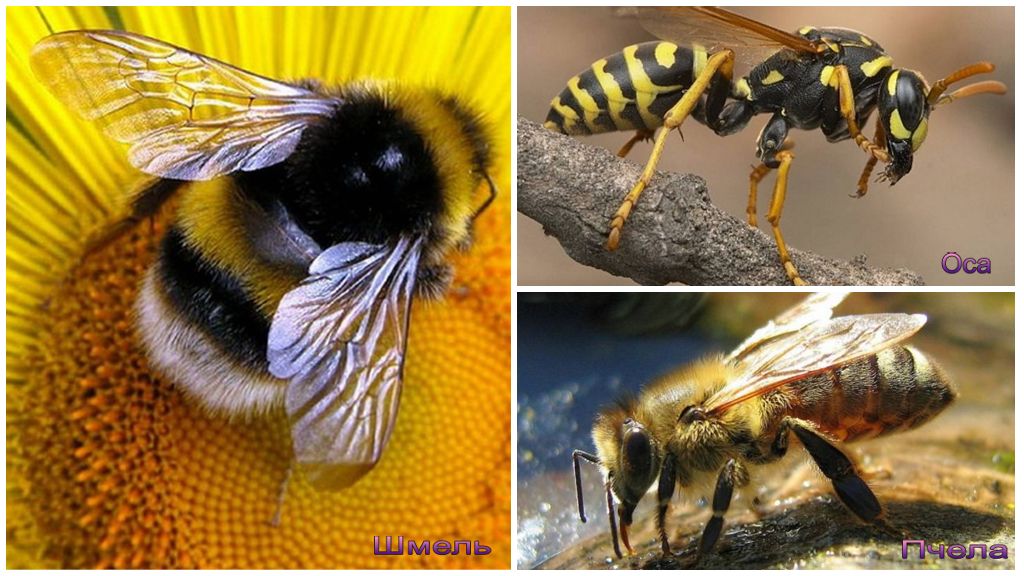- Wasps
- Wasps
Where wasps hibernate is one of the most common questions of victims who faced an invasion of pests in their area, under the roof of the house, on the balcony. Nest, where "social" life was actively boiling in the summer, it empties in the fall. However, with the onset of summer days, it again begins to come to life if it stays in the same place.
How wasps of public species winter
The familiar hornet's nest is a summer house, which, with the onset of cold weather, becomes empty. Where wasps winter in winter, how they do it, depends on the type of insect. The most common and well-known public or as they are also called paper wasps. In their family, the division into castes is practiced, a prolific female headed.
The largest number of insects of this species appears in mid-summer, when vegetables and fruits ripen, a persistent warm temperature is maintained on the street, there is an abundance of food. However, with the onset of cold weather, around mid-autumn, they disappear wasp from their nests, do not show activity in the wild. The main question is whether these insects fall asleep or die, where they can disappear.
On a note!
Wintering wasps requires females to search for suitable places, does not provide for the storage of food supplies, the construction of special shelters. Wasps winter in nature under rotten stumps, in abandoned hollows, under the bark of trees. The domestic inhabitants, who arranged the nests under the roof of the outbuildings, in the attics, on the balcony, hide in the gap for the winter.
The disappearance of the swarm - where the winter wasp in winter
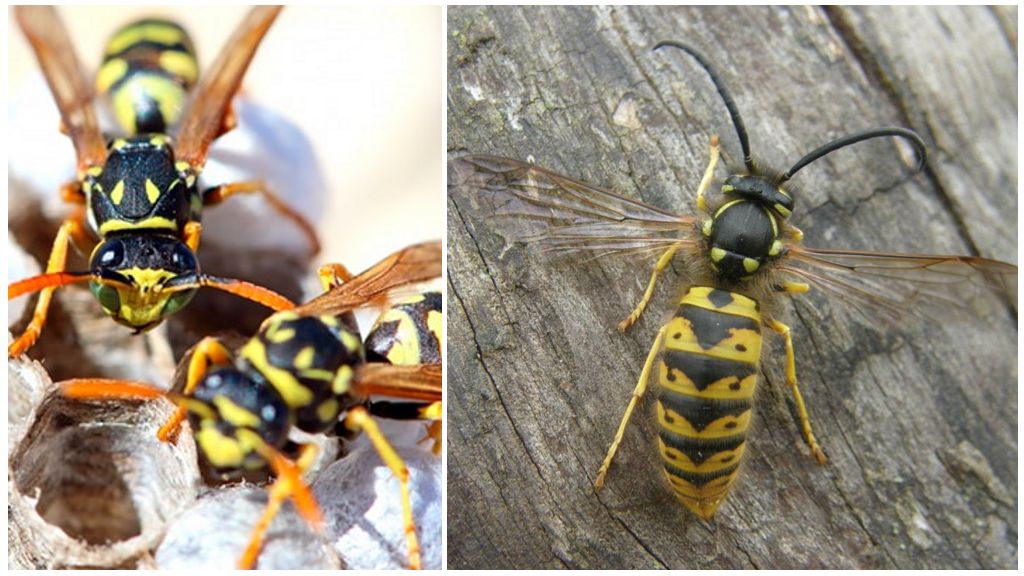
With the onset of autumn, cold nights, wasps leave the nest. Fly around the neighborhood, stop swarming. Each lives on its own. Insects do not show activity, become inactive, sleepy, vulnerable. The further fate of each of them develops differently.
Working females live their lives with the end of warm days. In mid-autumn, they become numb, freeze. Young prolific females mate at the end of summer, go into hibernation to continue the genus with the onset of spring. At the end of the season, workers, males, old uterus. Some families only at the end of August appear prolific females who can justify their family in the next season.
By the end of summer, the metabolic processes in the uterus slow down, and preparations are underway for wintering wasps. Body temperature drops to a critical level, which prevents freezing on cold winter days. Insects calmly tolerate harsh, snowy days, provided that they find a secluded place.
Interesting!
Wasps in the winter feed on substances that have accumulated in the body during the last summer days. They do not make special stocks. Eat in winter only what they managed to accumulate in the body.
Wintering process
Wasps in winter live in places hidden from the human eye. In most cases, in wood. They can hide and fall asleep under the bark, in old stumps, abandoned hollows, cracks. Snowy winters contribute to successful wintering. The thaw acts unfavorably when the ice cover melts, the cracks become open to wind and frost. Unfavorable weather conditions, as well as natural enemies, do not overwinter insects.
In the wild, insects become victims of birds, animals.Bears intentionally tear up old hollows, eat prey, even before insects can get out in the spring. Wasps sleep or not in winter, a moot point. This is a unique condition, as a result of which activity is lost, metabolic processes are slowed down, nutrition as such ceases. Wasps in the winter become inactive, save strength. With the onset of heat, they awaken, continue their normal life.
When wasps sleep

Insects lead an active lifestyle during the day, each individual performs its functions. With the onset of twilight, they return to the nests or look for a secluded place among the grass, flowers, trees. They are gathered in piles or they can fall asleep alone. Wasp in summer sleep all night, until dawn. In the open air they cling to the base with their paws, jaws. They can sleep in the hive in a free position.
A similar condition occurs in winter. However, in this case, sleep lasts much longer, called suspended animation. Insects are able to hibernate at certain temperature indicators. Insects awaken only with the onset of warm days.
On a note!
The temperature at which wasps begin to gather for wintering ranges from +15 - +10 degrees Celsius. Workers at these rates begin to die before winter. They wake up in the spring with an increase in temperature indicators to +10 degrees Celsius.
Initially, a young female seeks a favorable place for arranging a nest. In most cases, he returns to where he was born, begins to settle, settle. The behavior of the young uterus is hardly noticeable. She busy laying eggs. Only after the appearance of the first adult working individuals does an active life begin. Insects fly around the area, get food, perform their duties. The peak of activity falls in June-August. Working females live no more than 3 weeks. Males die after mating.
To avoid the re-settlement of the aspen family, summer residents, owners of private houses destroy empty nests autumn, winter.
